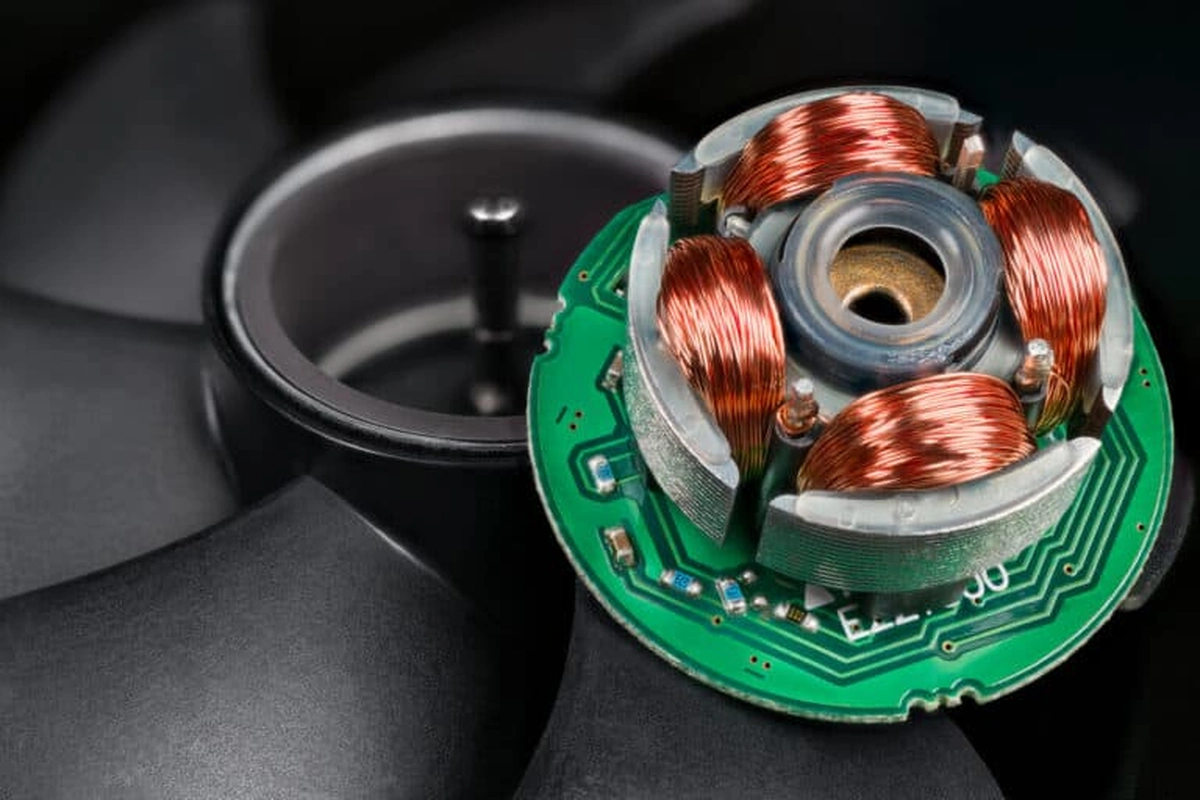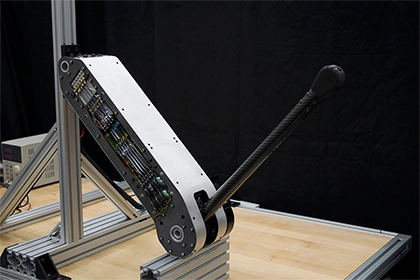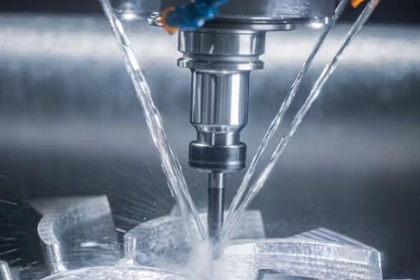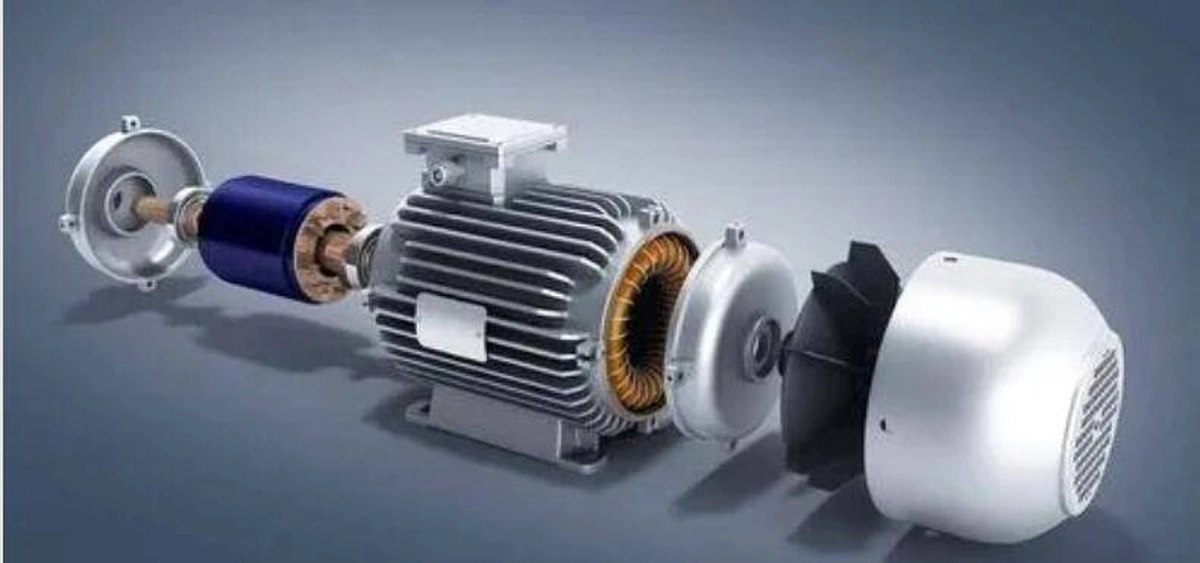- +86 19149417743
- Zhengzhou, Henan Province, China
- Mon-fri: 8am - 7pm
Get a quote

AC motors are widely used in various applications ranging from industrial machinery to household appliances. These motors operate based on electromagnetic principles, utilizing alternating current (AC) to generate a rotating magnetic field. However, some may wonder if all AC motors must have AC power and waveform to function. In this article, we will explore the operation of AC motors and the necessity of AC power and waveform for them to function. By understanding these basic principles, we can gain insights into the requirements and functionality of AC motors.
AC motors are electromechanical devices that convert electrical energy into mechanical energy. They consist of a stator, which houses stationary windings, and a rotor, which carries the rotating windings. The interaction between the magnetic fields generated by the stator and rotor enables the motor to produce rotational motion.
There are various types of AC motors, including induction motors, synchronous motors, and brushless DC motors. While their construction and operation principles may differ, they all rely on the fundamental concept of creating a rotating magnetic field.
Alternating current is an electric current that periodically changes direction. It flows in cycles, oscillating back and forth between positive and negative polarities. AC is the standard form of electrical power transmission and distribution due to its ability to efficiently transmit electricity over long distances.
AC motors are designed to operate using alternating current. The alternating nature of the current creates a rotating magnetic field within the motor, which interacts with the rotor to produce torque and rotational motion. The changing direction of the current ensures continuous rotation of the motor.
In AC systems, the current and voltage typically follow a sinusoidal waveform. This waveform represents the smooth oscillation of the current or voltage over time, resembling a repetitive wave pattern. The sinusoidal waveform of AC is crucial for the efficient operation of AC motors.
The sinusoidal waveform of AC ensures a smooth and continuous change in the direction of current flow. This characteristic is essential for generating a rotating magnetic field in the motor's stator. The rotating magnetic field, in turn, interacts with the rotor to induce motion. Therefore, the presence of a sinusoidal waveform is vital for the proper functioning of AC motors.
The frequency of the AC and the shape of its waveform directly influence the motor's speed. By adjusting these aspects, one can control the motor’s operational characteristics, evidence of the indispensable role of AC and its wave.
The alternating current and its sinusoidal wave generate a rotating magnetic field in the stator. This field is crucial for the operational principle of the motor, as it induces a current in the rotor, causing it to turn.
Notably, AC motors vary in design and application, each with specific wave requirements:
These motors, the most widely used, rely on AC to induce current in the rotor. The sinusoidal waveform is fundamental to their efficient operation, underscoring the necessity of both AC and its wave.
For synchronous motors, AC and its waveform ensure that the rotor moves in synchrony with the stator’s magnetic field. Precise waveforms are crucial for these motors to lock into the correct speed and maintain synchronization.
Although commonly associated with DC power, brushless DC motors can also utilize AC power. However, the AC power is typically converted into a DC waveform using electronic controls. The converted DC power is then used to drive the motor's stator windings, creating a rotating magnetic field.
While the standard waveform for AC in motors is sinusoidal, certain applications might employ modified waveforms:
These examples highlight that, while AC and a waveform are necessary, the waveform's exact nature might vary based on the application.
In conclusion, AC motors indeed require AC and a waveform to operate effectively. The alternating current ensures the generation of a rotating magnetic field essential for the motor's motion. The sinusoidal waveform of AC power allows for a smooth and continuous change in the direction of the current, enabling the creation of the rotating magnetic field.
 2024-08-30 16:01:40
Engineering
2024-08-30 16:01:40
Engineering
 2024-07-26 14:09:13
Engineering
2024-07-26 14:09:13
Engineering
 2024-07-18 09:42:00
Engineering
2024-07-18 09:42:00
Engineering